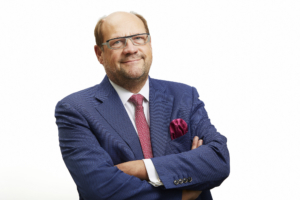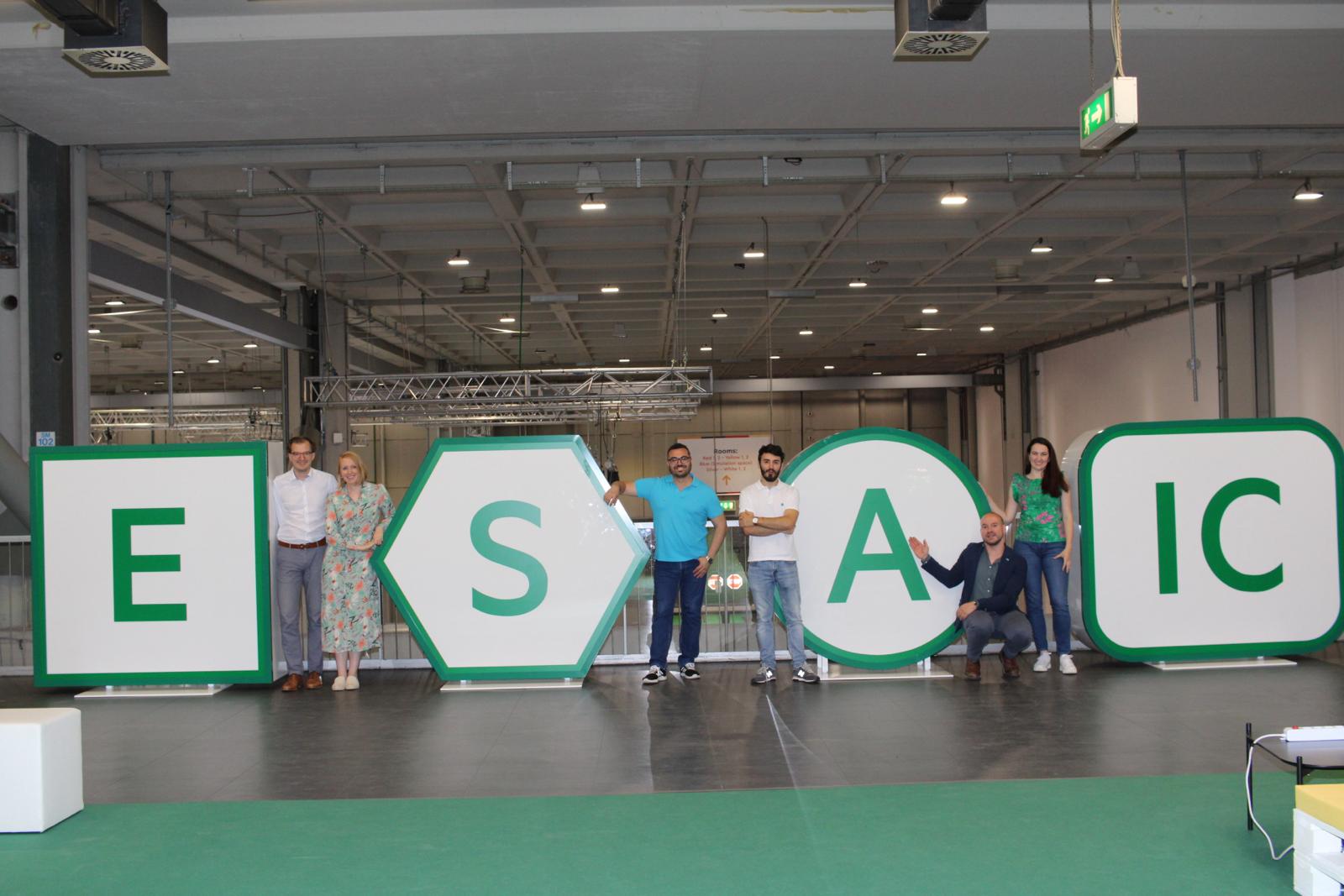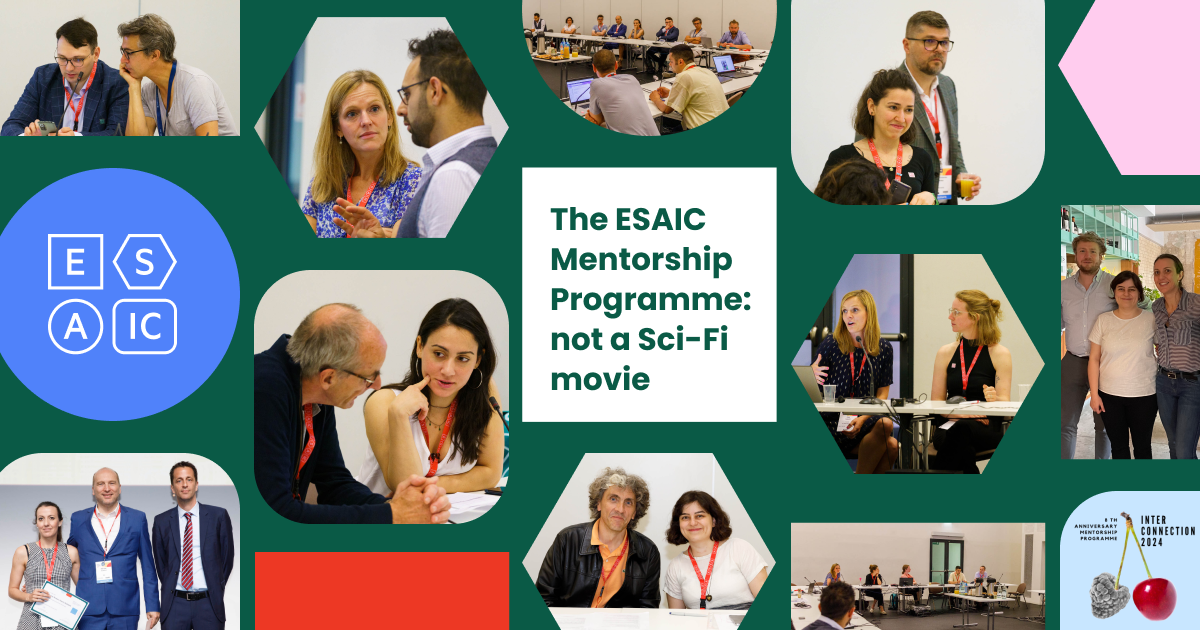ESAIC News
EA20 Newsletter: Honorary member profile – former Chief Executive Officer Marc Gheeraert
ESAIC has recognised the service of former Chief Executive Officer Marc Gheeraert (2015-2019) with an Honorary Membership. Under Marc’s leadership, the society (as ESA) expanded in many ways. When he handed the reins to our new CEO Cathy Weynants in December 2019, Marc was leading a staff of more than 40 and was responsible for the support and management of 400-plus doctors who volunteer for the society, as well as our membership that has increased past 30,000.
Prior to being CEO of ESA, Marc has a long and diverse career, a big part of which was spent in diagnostic imaging and oncology in public companies, as well as President of Nuclear Medicine Europe, the European Industrial Association of Nuclear Medicine & Molecular Healthcare.
Here he reflects on his time at ESA and tells us what he’s been up to since.
Q: Welcome to Euroanaesthesia 2020, Marc. How does it feel to not be in charge for the first time in 6 years?!
A: A mixed feeling, on one side happy to enjoy the congress as a participant and attend the lectures, but I am missing the excitement and buzz of the teamwork to bring it all together.
Q: New CEO Cathy Weynants and the team have had to rapidly adapt the congress to an all-online format. Is it strange to be tuning in to an all-online event?
A: Not at all, as this has become the new way since the pandemic has started and many congresses and meetings are now virtual. At ESA (now ESAIC) we were already organising the committee meetings in a digital fashion for the last few years. But Cathy and her team have brought this to a new level of professionalism and quality.
Q: Some of our delegates won’t know about your history in nuclear medicine. During the world crisis on the supply of medical radioisotopes (which threatened to prevent many medical procedures globally), the association you led took over the coordination of all worldwide nuclear reactors producing medical isotopes. How did this crisis unfold, and what were some of the things you had to do?
A: At that time I was President of AIPES (Nuclear Medicine Europe) and had noticed that the delivery of essential isotopes of Molybdenum was dependent on a few nuclear reactors worldwide, of which some were very old and little investment had been made in new reactors, except for a revolutionary project in Canada which failed.
We had invited all global manufacturers of radioisotopes to join in a workgroup to discuss the future, and then the ‘inevitable’ happened and two of the reactors went down for a long period. AIPES then took over the coordination of operation and maintenance dates of all worldwide nuclear reactors producing isotopes. We immediately involved several Directorates-General in the EU, not at least DG competition as we were interfering in global production!
A High-Level Group was created at the OECD to ensure future delivery of radioisotopes, to which AIPES was reporting, and at the European level, an Observatory was created jointly presided by the EU and AIPES. Both had the task to fix the current issues and seek new opportunities for future production and delivery of radioisotopes. For instance, none of the UK, Japan or the USA had their own production capacity.
Q: ESA (now ESAIC) changed a lot during your five years in charge. What would you say are some of your key achievements as CEO?
A: We already had a large and talented team when I arrived, I was able to give them and the Society some new direction and stability. All the ingredients were there to make it a success story: the 400 voluntary doctors in committees and our various research projects, the supporting Board with a vision and last but not least the committed staff at the Brussels secretariat focused on quality and growth. I was only the chef d’orchestre helping the virtuosi!
Q: What do you think of the Society’s new name, the European Society of Anaesthesiology and Intensive Care?
A: I believe it reflects all the fields that anaesthesiologists are working in. It should not be seen as an infringement on the different specialities, but as COVID has shown, it was all hands on deck! With this, I would like to thank all anaesthetists, intensivists and all medical staff that were and are supporting us during these 2 waves of the pandemic. Hats off to them and tons of respect.
Q: I’m sure you had many plans for 2020, like the rest of us. And they have been disrupted. But tell us what you have been up to in the year since leaving? We hear you are helping set up cancer centres in Africa?
A: During my career in healthcare I met many people and institutions and have seen how many countries lack healthcare, not only basic care but also more advanced care to keep a competent workforce in the country to support further development.
I support projects that finance, build and manage oncology and diagnostic imaging centres in Africa. Providing oncology treatment in-country to both public and private customers. We provide premium western healthcare through high tech equipment, standard processes with digital networking and support.
Q: What do you miss most about being CEO?
A: The team: Board, staff and volunteers. The opportunity to develop a plan to grow and/or fix. The possibility to provide opportunities to other people.
Q: Thanks Marc, and enjoy your first Euroanaesthesia free from the reins of responsibility!
References
- Cortegiani A, Gregoretti C, Neto AS, Hemmes SNT, Ball L, Canet J, Hiesmayr M, Hollmann MW, Mills GH, Melo MFV, Putensen C, Schmid W, Severgnini P, Wrigge H, Gama de Abreu M, Schultz MJ, Pelosi P; LAS VEGAS Investigators, the PROVE Network, and the Clinical Trial Network of the European Society of Anaesthesiology. Association between night-time surgery and occurrence of intraoperative adverse events and postoperative pulmonary complications. Br J Anaesth. 2019 Mar;122(3):361-369. doi: 10.1016/j.bja.2018.10.063
- Cortegiani A, Ippolito M, Misseri G, Helviz Y, Ingoglia G, Bonanno G, Giarratano A, Rochwerg B, Einav S. Association between night/after-hours surgery and mortality: a systematic review and meta-analysis. Br J Anaesth. 2020 May;124(5):623-637. doi: 10.1016/j.bja.2020.01.019
Read More of our special newsletter covering our virtual congress
Visit our COVID-19 Resource Hub for other news and resources.











